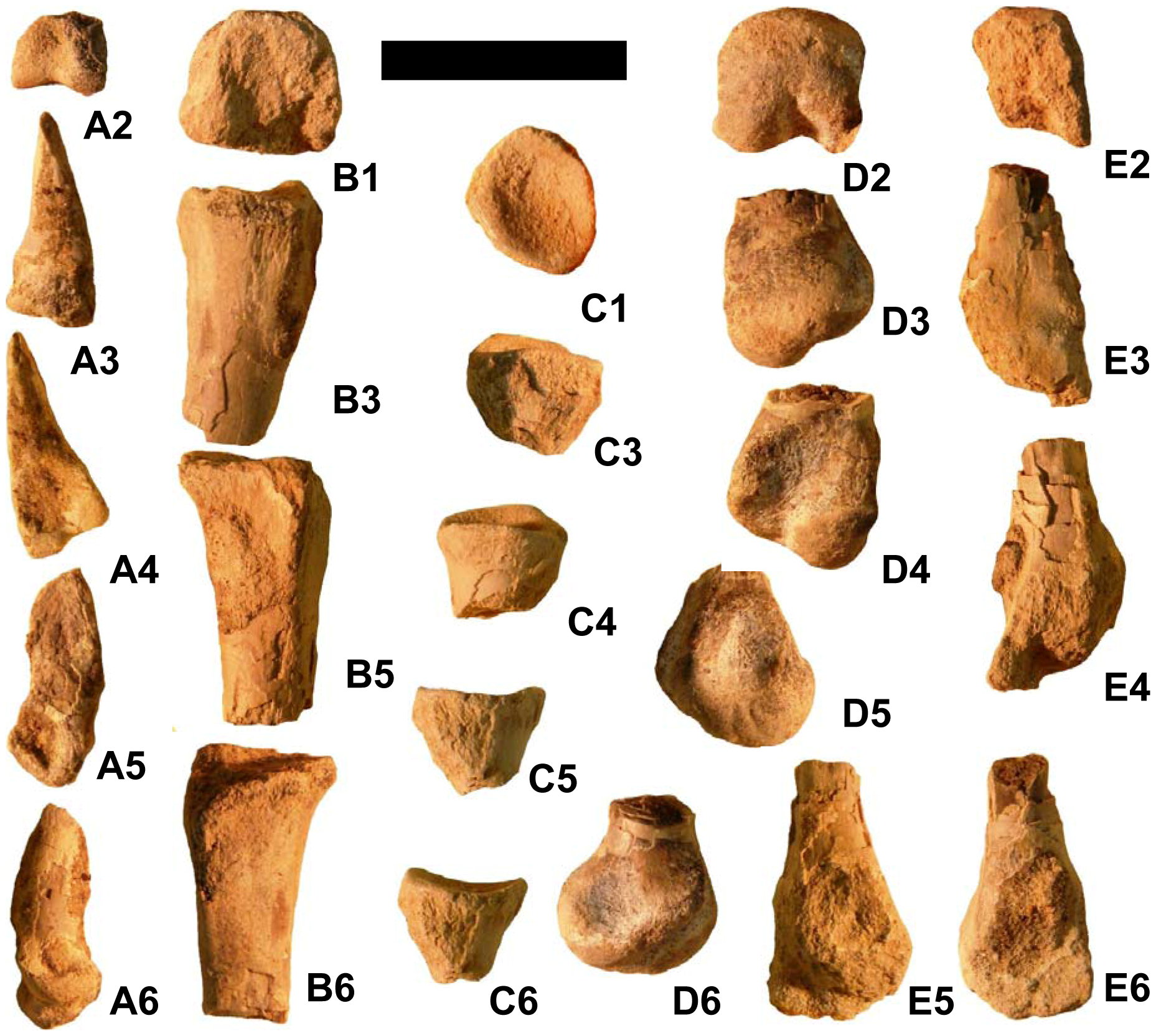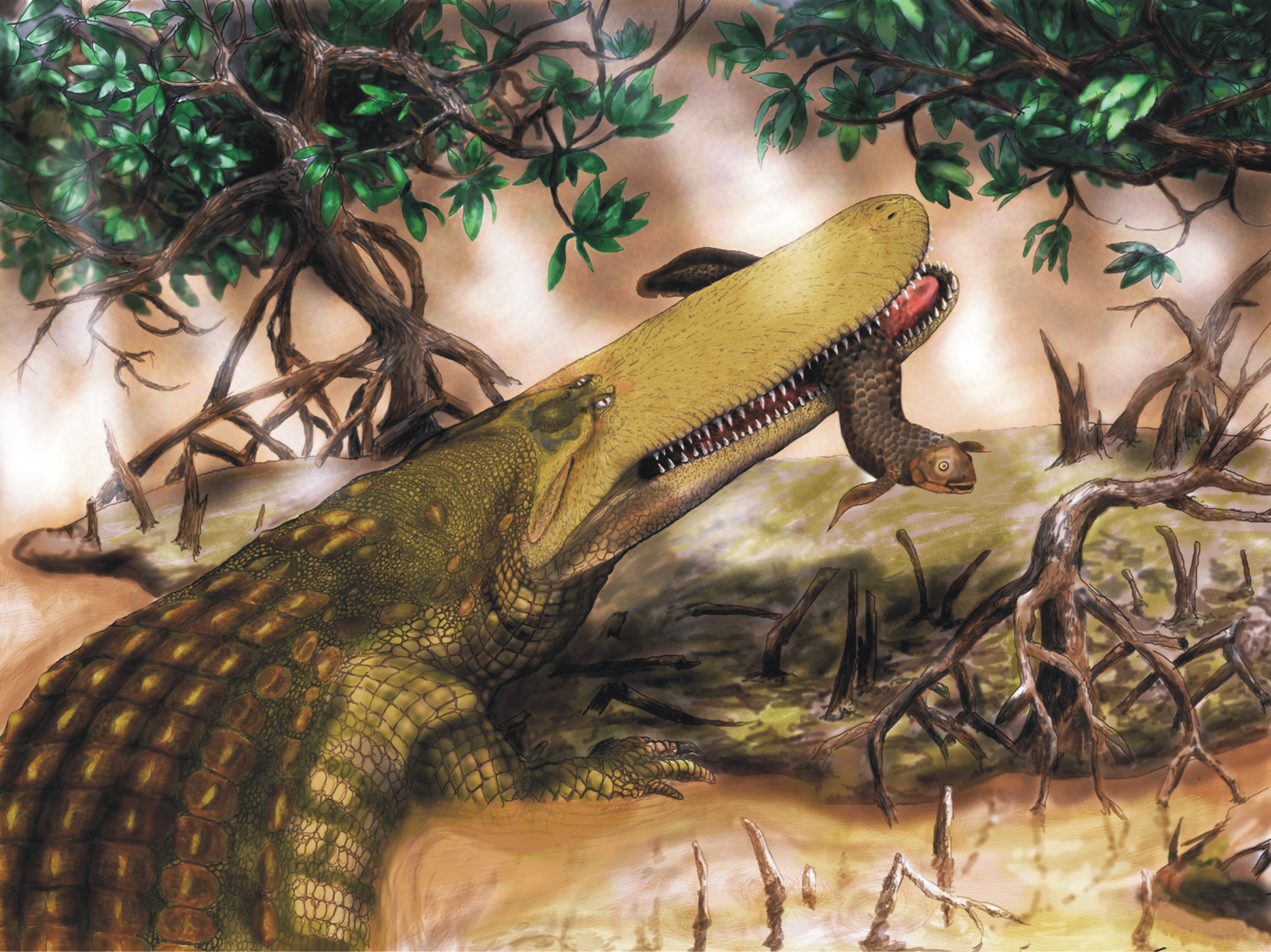|
Martharaptor
''Martharaptor'' is a genus of therizinosauroid theropod dinosaurs from the Early Cretaceous of the Cedar Mountain Formation in Utah. They can be distinguished from other therizinosauroids by means of several features of the skeleton (particularly the hands and feet) which were intermediate between early therizinosaurs such as ''Falcarius'' and '' Beipiaosaurus'', and more "advanced" members of the group like therizinosaurids. The deep and homogeneous hand claws clearly differ from the case in early therizinosauroids, but the foot has not yet acquired the robust morphology of therizinosaurids. Discovery and naming The holotype specimen, UMNH VP 21400, hails from the Hayden-Corbett site of the Cedar Mountain Formation of Utah, approximately eight miles southeast from the city of Green River. The specimen was unearthed from a higher stratigraphic level (upper Yellow Cat Member) than ''Falcarius''. The generic name, ''Martharaptor'', is in honor to the paleontologist assistant Martha ... [...More Info...] [...Related Items...] OR: [Wikipedia] [Google] [Baidu] |
Martharaptor Hand Bones
''Martharaptor'' is a genus of therizinosauroid theropod dinosaurs from the Early Cretaceous of the Cedar Mountain Formation in Utah. They can be distinguished from other therizinosauroids by means of several features of the skeleton (particularly the hands and feet) which were intermediate between early therizinosaurs such as ''Falcarius'' and ''Beipiaosaurus'', and more "advanced" members of the group like therizinosaurids. The deep and homogeneous hand claws clearly differ from the case in early therizinosauroids, but the foot has not yet acquired the robust morphology of therizinosaurids. Discovery and naming The holotype specimen, UMNH VP 21400, hails from the Hayden-Corbett site of the Cedar Mountain Formation of Utah, approximately eight miles southeast from the city of Green River. The specimen was unearthed from a higher stratigraphic level (upper Yellow Cat Member) than ''Falcarius''. The generic name, ''Martharaptor'', is in honor to the paleontologist assistant Mart ... [...More Info...] [...Related Items...] OR: [Wikipedia] [Google] [Baidu] |
Martharaptor Foot Finger Bones
''Martharaptor'' is a genus of therizinosauroid theropod dinosaurs from the Early Cretaceous of the Cedar Mountain Formation in Utah. They can be distinguished from other therizinosauroids by means of several features of the skeleton (particularly the hands and feet) which were intermediate between early therizinosaurs such as ''Falcarius'' and ''Beipiaosaurus'', and more "advanced" members of the group like therizinosaurids. The deep and homogeneous hand claws clearly differ from the case in early therizinosauroids, but the foot has not yet acquired the robust morphology of therizinosaurids. Discovery and naming The holotype specimen, UMNH VP 21400, hails from the Hayden-Corbett site of the Cedar Mountain Formation of Utah, approximately eight miles southeast from the city of Green River. The specimen was unearthed from a higher stratigraphic level (upper Yellow Cat Member) than ''Falcarius''. The generic name, ''Martharaptor'', is in honor to the paleontologist assistant Mart ... [...More Info...] [...Related Items...] OR: [Wikipedia] [Google] [Baidu] |
Martharaptor Foot Bones
''Martharaptor'' is a genus of therizinosauroid theropod dinosaurs from the Early Cretaceous of the Cedar Mountain Formation in Utah. They can be distinguished from other therizinosauroids by means of several features of the skeleton (particularly the hands and feet) which were intermediate between early therizinosaurs such as ''Falcarius'' and ''Beipiaosaurus'', and more "advanced" members of the group like therizinosaurids. The deep and homogeneous hand claws clearly differ from the case in early therizinosauroids, but the foot has not yet acquired the robust morphology of therizinosaurids. Discovery and naming The holotype specimen, UMNH VP 21400, hails from the Hayden-Corbett site of the Cedar Mountain Formation of Utah, approximately eight miles southeast from the city of Green River. The specimen was unearthed from a higher stratigraphic level (upper Yellow Cat Member) than ''Falcarius''. The generic name, ''Martharaptor'', is in honor to the paleontologist assistant Mart ... [...More Info...] [...Related Items...] OR: [Wikipedia] [Google] [Baidu] |
2012 In Archosaur Paleontology
The year 2012 in Archosaur paleontology was eventful. Archosaurs include the only living dinosaur group — birds — and the reptile crocodilians, plus all extinct dinosaurs, extinct crocodilian relatives, and pterosaurs. Archosaur palaeontology is the scientific study of those animals, especially as they existed before the Holocene Epoch began about 11,700 years ago. The year 2012 in paleontology included various significant developments regarding archosaurs. This article records new taxa of fossil archosaurs of every kind that have been described during the year 2012, as well as other significant discoveries and events related to paleontology of archosaurs that occurred in the year 2012. Pseudosuchians Research * The postcranial skeleton of ''Sebecus icaeorhinus'' is described by Diego Pol ''et al.'' (2012). * Skull anatomy of ''Dakosaurus'' and ''Plesiosuchus'' is described by Mark T. Young ''et al.'' (2012). * '' Kemkemia auditorei'', previously thought to be a theropo ... [...More Info...] [...Related Items...] OR: [Wikipedia] [Google] [Baidu] |
Therizinosauroidea
Therizinosaurs (once called segnosaurs) were large herbivorous theropod dinosaurs whose fossils have been found across the Early to Late Cretaceous deposits in Asia and North America. Various features of the forelimbs, skull and pelvis unite these finds as both theropods and maniraptorans, close relatives to birds. The name of the representative genus, ''Therizinosaurus'', is derived from the Greek (, 'to reap' or 'scythe')Translated paper and (, 'lizard'). The older representative, ''Segnosaurus'', is derived from the ('slow') and the Greek . History of research [...More Info...] [...Related Items...] OR: [Wikipedia] [Google] [Baidu] |
Therizinosauroid
Therizinosaurs (once called segnosaurs) were large herbivorous theropod dinosaurs whose fossils have been found across the Early to Late Cretaceous deposits in Asia and North America. Various features of the forelimbs, skull and pelvis unite these finds as both theropods and maniraptorans, close relatives to birds. The name of the representative genus, ''Therizinosaurus'', is derived from the Greek (, 'to reap' or 'scythe')Translated paper and (, 'lizard'). The older representative, ''Segnosaurus'', is derived from the ('slow') and the Greek . History of research [...More Info...] [...Related Items...] OR: [Wikipedia] [Google] [Baidu] |
Therizinosauria
Therizinosaurs (once called segnosaurs) were large herbivorous theropod dinosaurs whose fossils have been found across the Early to Late Cretaceous deposits in Asia and North America. Various features of the forelimbs, skull and pelvis unite these finds as both theropods and maniraptorans, close relatives to birds. The name of the representative genus, ''Therizinosaurus'', is derived from the Greek (, 'to reap' or 'scythe')Translated paper and (, 'lizard'). The older representative, ''Segnosaurus'', is derived from the ('slow') and the Greek . History of research [...More Info...] [...Related Items...] OR: [Wikipedia] [Google] [Baidu] |
Timeline Of Therizinosaur Research
The timeline of therizinosaur research is a chronological listing of events in the history of paleontology focused on therizinosaurs. They were unusually long-necked, pot-bellied, and large-clawed herbivorous theropods most closely related to birds. The early history of therizinosaur research occurred in three phases. The first phase was the discovery of scanty and puzzling fossils in Asia by the Central Asiatic Expeditions of the 1920s and Soviet-backed research in the 1950s. This phase resulted in the discovery of the ''Therizinosaurus cheloniformis'' type specimen. Soviet paleontologist Evgeny Maleev interpreted these unusual remains as belonging to some kind of gigantic turtle. The second major phase of therizinosaur research followed the discovery of better preserved remains in the 1970s by collaborative research between the Soviets and Mongolians. These finds revealed the true nature of therizinosaurs as bizarre dinosaurs. However, the exact nature and classification of ther ... [...More Info...] [...Related Items...] OR: [Wikipedia] [Google] [Baidu] |
Cedar Mountain Formation
The Cedar Mountain Formation is the name given to a distinctive sedimentary geologic formation in eastern Utah, spanning most of the early and mid-Cretaceous. The formation was named for Cedar Mountain (Utah), Cedar Mountain in northern Emery County, Utah, where William Lee Stokes first studied the exposures in 1944. Geology The formation occurs between the underlying Morrison Formation and overlying Naturita Formation (sometimes formerly called the Dakota Formation). It is composed of non-marine sediments, that is, sediments deposited in rivers, lakes and on flood plains. Based on various fossils and radiometric dating, radiometric dates, the Cedar Mountain Formation was deposited during the last half of the Early Cretaceous Epoch, about 127 - 98 million years ago (mya). It has lithography similar to the Burro Canyon Formation in the region. Dinosaur fossils occur throughout the formation, but their study has only occurred since the early 1990s. The dinosaurs in the lower part ... [...More Info...] [...Related Items...] OR: [Wikipedia] [Google] [Baidu] |
Dromaeosauridae
Dromaeosauridae () is a family of feathered theropod dinosaurs. They were generally small to medium-sized feathered carnivores that flourished in the Cretaceous Period. The name Dromaeosauridae means 'running lizards', from Greek ('), meaning 'runner', and ('), meaning 'lizard'. In informal usage, they are often called raptors (after ''Velociraptor''), a term popularized by the film '' Jurassic Park''; a few types include the term "raptor" directly in their name and have come to emphasize their bird-like appearance and speculated bird-like behavior. Dromaeosaurid fossils have been found across the globe in North America, Europe, Africa, Asia, South America and Antarctica, with some fossils giving credence to the possibility that they inhabited Australia as well. They first appeared in the mid-Jurassic Period (late Bathonian stage, about 167 million years ago) and survived until the end of the Cretaceous (Maastrichtian stage, 66 ma), existing until the Cretaceous–Paleogene ex ... [...More Info...] [...Related Items...] OR: [Wikipedia] [Google] [Baidu] |
Pubis (bone)
In vertebrates, the pubic region ( la, pubis) is the most forward-facing (ventral and anterior) of the three main regions making up the coxal bone. The left and right pubic regions are each made up of three sections, a superior ramus, inferior ramus, and a body. Structure The pubic region is made up of a ''body'', ''superior ramus'', and ''inferior ramus'' (). The left and right coxal bones join at the pubic symphysis. It is covered by a layer of fat, which is covered by the mons pubis. The pubis is the lower limit of the suprapubic region. In the female, the pubic region is anterior to the urethral sponge. Body The body forms the wide, strong, middle and flat part of the pubic region. The bodies of the left and right pubic regions join at the pubic symphysis. The rough upper edge is the pubic crest, ending laterally in the pubic tubercle. This tubercle, found roughly 3 cm from the pubic symphysis, is a distinctive feature on the lower part of the abdominal wall; important ... [...More Info...] [...Related Items...] OR: [Wikipedia] [Google] [Baidu] |
Metatarsal Bones
The metatarsal bones, or metatarsus, are a group of five long bones in the foot, located between the tarsal bones of the hind- and mid-foot and the phalanges of the toes. Lacking individual names, the metatarsal bones are numbered from the medial side (the side of the great toe): the first, second, third, fourth, and fifth metatarsal (often depicted with Roman numerals). The metatarsals are analogous to the metacarpal bones of the hand. The lengths of the metatarsal bones in humans are, in descending order, second, third, fourth, fifth, and first. Structure The five metatarsals are dorsal convex long bones consisting of a shaft or body, a base (proximally), and a head (distally).Platzer 2004, p. 220 The body is prismoid in form, tapers gradually from the tarsal to the phalangeal extremity, and is curved longitudinally, so as to be concave below, slightly convex above. The base or posterior extremity is wedge-shaped, articulating proximally with the tarsal bones, and by its ... [...More Info...] [...Related Items...] OR: [Wikipedia] [Google] [Baidu] |








